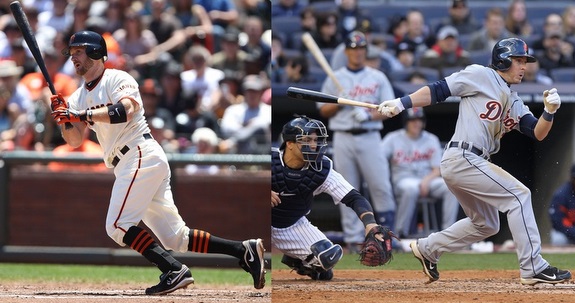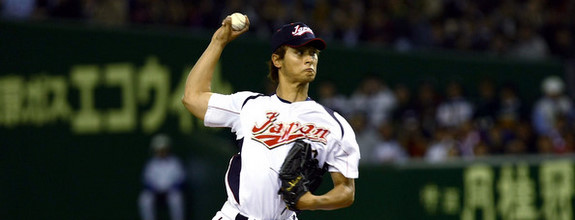Via David Waldstein, Brian Cashman has said that he is currently negotiating with the agent for Japanese shortstop Hiroyuki Nakajima, but the two sides aren’t close to a deal yet. The Yankees won Nakajima’s negotiating rights with a $2.5M bid last week, and the 29-year-old is likely to sign. I suspect that talks won’t get serious until after the holidays, at which point they’ll have about two weeks to hammer out a deal.
In other Nakajima news, Dan Szymborski’s ZiPS system projects a .276/.322/.389 batting line for him next season (89 OPS+), adjusting for Yankee Stadium. That’s after he hit .306/.379/.478 with an average of 19.3 homers and 18.7 stolen bases over the last three seasons with the Seibu Lions. For comparison’s sake, Eduardo Nunez hit .265/.313/.385 with 22 stolen bases this past season. Like the Yankees have been saying, Nakajima’s a utility guy.




